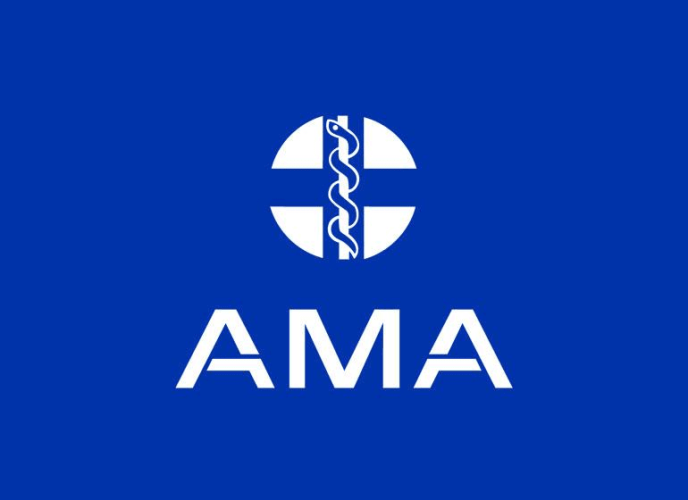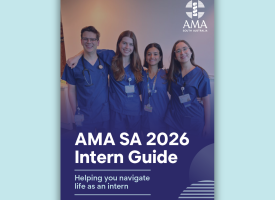New AMA Federal Council achieves gender target

The Australian Medical Association’s new Federal Council, which begins its term on Monday 1 August, will meet its gender target for the first time. The target, set in 2019 is 40 per cent female, 40 per cent male and 20 per cent flexible.
Outgoing AMA President, Dr Omar Khorshid said recent strategies to see more women in AMA leadership roles were clearly working.
"The AMA has acted to ensure there is better representation of women in its leadership roles with a review last year of how Federal Council is appointed helping achieve the target," Dr Khorshid said.
“Our Federal Council has been very supportive of change and along with our partnership with the ‘Advancing Women in health leadership’ initiative we are seeing results filtering through.
“Our leadership should reflect the AMA membership and medical profession more broadly, with a view to increasing inclusivity, diversity and the breadth of representation.
“Research shows the transformational and collaborative leadership style, more characteristic of women, has direct and positive impacts on health care outcomes."
The AMA’s fourth report on gender diversity shows progress in 2021 and commits to a revised date of 2024 to achieve the 40/40/20 target on all Federal AMA Councils, Committees and Boards.
The report shows last year, 145 (65 per cent) of the AMA’s 224 representative positions were held by men and 79 (35 per cent) by women. This is a slight improvement from 2020 (66 per cent male; 31 per cent female) and a marked improvement since 2018 when 74 per cent of representative positions were held by men and only 26 per cent by women.
The AMA Membership as of 31 December 2021 was 38 per cent female and 62 per cent male.
Professor Helena Teede AO, Director of the Monash Centre for Health Research Implementation and the force behind the ‘Advancing Women in health leadership’ initiative commended the AMA on reaching its target and recognising its role in advocating for gender equity in medical leadership.
“The next steps for the AMA involve addressing culture and practices, implementing evidence-based interventions with an effective action plan and monitoring and iteratively improving to ensure meaningful progress," Professor Teede said.
“Together with the AMA we are collating the experiences of leaders (top-down) and members (bottom-up) to devise implementable and high-impact interventions to take these next steps."
The 2021 AMA Gender Diversity Report also includes the gender mix for AMA Federal Councils and Committees as of 31 December 2021, along with data for the Federal Board and state/territory boards and councils.
It also includes information on gender diversity at National Conference in 2021, where women chaired 31 per cent of sessions compared with 69 per cent by men and participation on panels across the Conference was split 45 per cent female to 55 per cent male.



